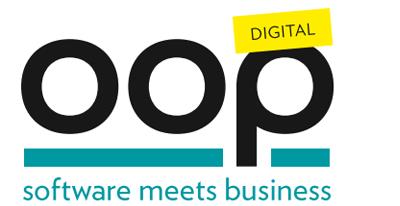Please note:
On this page you will only see the English-language presentations of the conference. You can find all conference sessions, including the German speaking ones, here.
The times given in the conference program of OOP 2023 Digital correspond to Central European Time (CET).
By clicking on "VORTRAG MERKEN" within the lecture descriptions you can arrange your own schedule. You can view your schedule at any time using the icon in the upper right corner.
Track: Product Development in Balance
- Mittwoch
08.02.
Firmen können kaum noch IT-Systeme neu entwickeln, ohne dass existierende Funktionalität mitwandert. Vor die Aufgabe gestellt, ein System von einem Fremdanbieter in eine Public Cloud zu überführen, hat sich gezeigt, dass hilfreiche Wanderführer rar sind.
Diese Session strukturiert Entscheidungswege und Erkenntnisse bei Cloud-basierten Migrationsvorhaben - abgeleitet aus der Migration und Modernisierung von einem Konsumenten-Service mit 6 PB Daten und ca. 2 Mio. Nutzern.
Zielpublikum:…
Modernization projects are not a straight line as there’s no one-stop shop. Balance is definitely the right word: we talk here about finding the proper trade-off between quality/costs/timeframe requirements and customized patterns for a successful legacy system modernization. Based on actual use cases, we’ll discuss the available solutions (ERP implementation, code rewriting, middleware, cloud…), and see why combining the relevant tools is key.
Let us take you on a modernization journey and get…
As Product Leaders, the methods we use are fairly easy to understand but the collaboration with others to get to the desired results sometimes is a hard nut to crack in a complex software engineering world. This talk will provide insights in solution-focused coaching skills being used in the product role and break the common belief that coaching is only relevant for Agile Coaches. It will show how solution-focused coaching skills have been used to solve several challenges on individual, team and…

